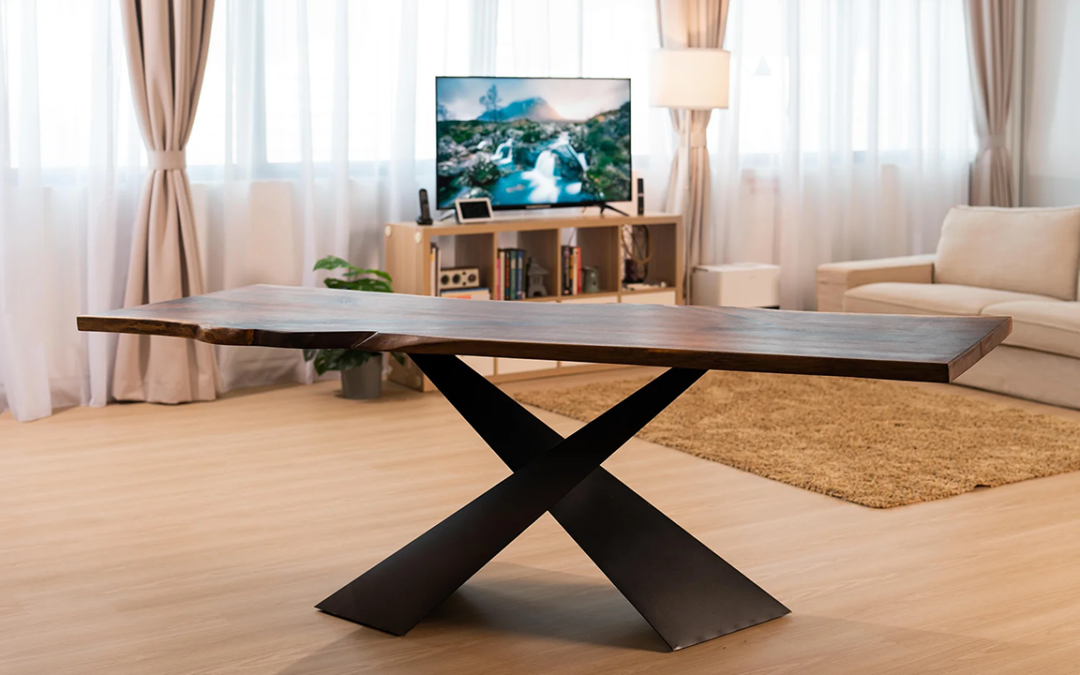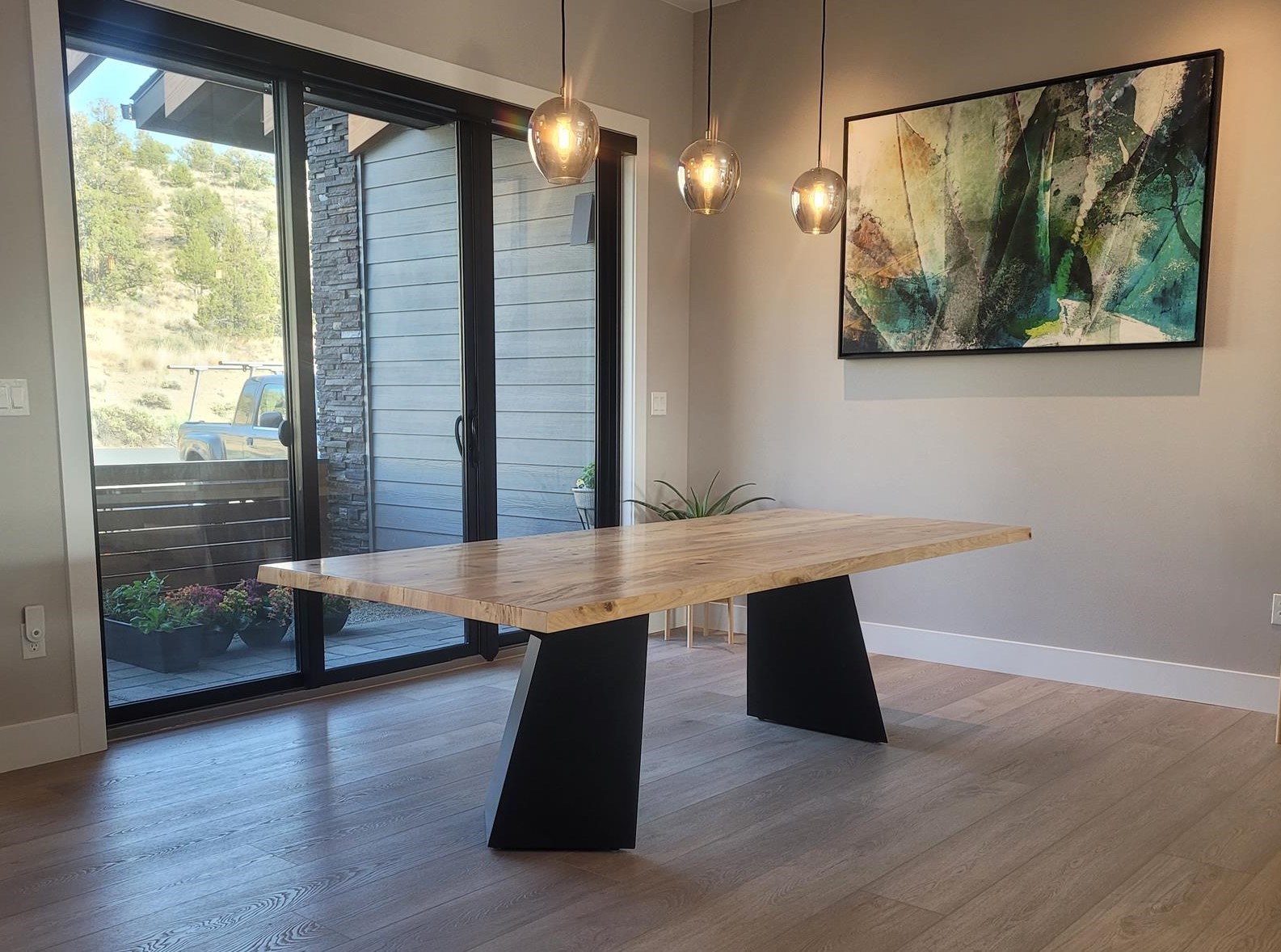Checking Out Various Styles for Dining Room Table Legs to Match Your Visual
Checking Out Various Styles for Dining Room Table Legs to Match Your Visual
Blog Article
An In-depth Take A Look At Table Leg Styles: Finding the Perfect Match
Choosing the ideal eating table leg design is important for both aesthetic appeal and functional functionality. Standard four legs supply ageless sophistication and security, while the stand base provides raised legroom and a modern look. For those with bigger tables, trestle legs guarantee tough support, whereas barrette legs present a mid-century modern-day ambiance with their minimal design. The x-shaped legs mix contemporary design with enhanced security. Each of these choices brings distinct advantages, making the choice much more than simply a matter of preference. Check out additionally to uncover which style perfectly complements your dining room and lifestyle.
Conventional Four Legs
Amongst the various sorts of eating table leg styles, the conventional four-leg design remains a classic selection for lots of homes. This timeless setup uses an unified blend of capability and visual appeals, making it a seasonal favorite. Four legs provide balanced support, making certain the table remains steady and with the ability of bearing substantial weight. This is especially beneficial for homes that often host big celebrations or use their table for multiple purposes, such as job or crafting.
From an aesthetic viewpoint, the traditional four-leg style can be conveniently adapted to numerous interior styles. Whether crafted from timber, metal, or a combination of materials, these legs can be elaborately carved, smooth and minimalistic, or anything in between. Their versatility enables them to match both rustic and modern settings perfectly.
Furthermore, the simple framework of the four-leg style facilitates simplicity of movement and positioning within a space. Unlike even more facility bases, this style minimizes blockages, supplying enough legroom for restaurants. In recap, the conventional four-leg table leg design marries enduring beauty with practical functionality, making it an astute selection for those seeking both form and function in their dining furniture.
Stand Base
Commonly celebrated for its classy and space-efficient style, the pedestal base is a prominent alternative to the traditional four-leg arrangement in table leg designs. This distinct base usually includes a solitary main column sustaining the table top, which can vary in kind, from ornately sculpted timber to smooth, contemporary metal. Among the main benefits of the stand base is its capacity to take full advantage of legroom and seating versatility. Without corner legs, restaurants are managed higher freedom of motion, making it an optimal option for round and oval tables that promote even more intimate and comprehensive events.
The main column itself uses a canvas for detailed layouts and creative expressions, including an element of aesthetic rate of interest under the table. In summary, the stand base combines functionality with design, making it an improved and functional option for diverse dining environments.
Trestle Legs
Trestle legs supply a durable and classic structure for eating tables, defined by their straight cross-bracing and durable support beams. Stemming from middle ages times, this design has progressed yet retained its important structure, making it a perennial favorite in both traditional and contemporary setups. The main trestle beam, usually sustained by 2 or more vertical articles, offers phenomenal security, permitting larger table sizes without the demand for added legs.
A substantial advantage of trestle leg tables is the ample legroom they supply. Unlike tables with he has a good point four edge legs, the absence of obstructions at the table's sides supplies unimpeded area for chairs and diners, enhancing comfort and ease of access. This makes trestle tables excellent for fitting bigger gatherings, whether in a dining area or a reception hall.
From rustic farmhouse to sleek modern-day designs, trestle legs can be personalized to suit individual tastes. Their long-lasting appeal and functional benefits make trestle legs a compelling option for those looking for both design and practicality in their dining table.
Hairpin Legs

The appeal of barrette legs hinges on their simpleness and adaptability - dining room table legs. Readily available in a series of products, including steel and brass, they can be completed in many shades to enhance various indoor styles. Whether coupled with a rustic wood tabletop or a modern glass surface, barrette legs effortlessly blend functionality with a touch of vintage appeal
Durability is another notable function of hairpin legs. In spite of their delicate appearance, these legs are crafted to birth considerable weight, ensuring the eating table remains secure and safe. Furthermore, they are relatively very easy to install, making them a popular option for do it yourself lovers and expert furniture makers alike.
X-Shaped Legs

Built from products such as steel, timber, or a combination of both, X-shaped legs published here can be customized to match different layout preferences. Steel legs frequently offer a streamlined and commercial feel, ideal for loft-style apartments and modern-day dining rooms. On the other hand, wood X-shaped legs provide a warmer, extra rustic appeal, suitable for farmhouse or diverse interiors. The versatility in products allows homeowners to customize their table to better fit their total design system.
Additionally, the engineering behind X-shaped legs ensures even weight circulation, lessening the risk of wobbling and enhancing sturdiness. This makes them specifically well-suited for bigger dining tables that require additional assistance. Fundamentally, X-shaped legs blend useful design with modern-day visual appeals, making them a timeless selection for varied dining settings.
Conclusion
An extensive understanding of table leg designs exposes the unique qualities and benefits of each style. Traditional four legs use stability and timeless appeal, while stand bases supply legroom and a structured look. Trestle legs make certain durable assistance for bigger tables, and Homepage barrette legs present a mid-century modern visual. X-shaped legs integrate modern style with enhanced stability. Picking the proper leg design ensures both practical and visual satisfaction in any kind of eating room.
Report this page